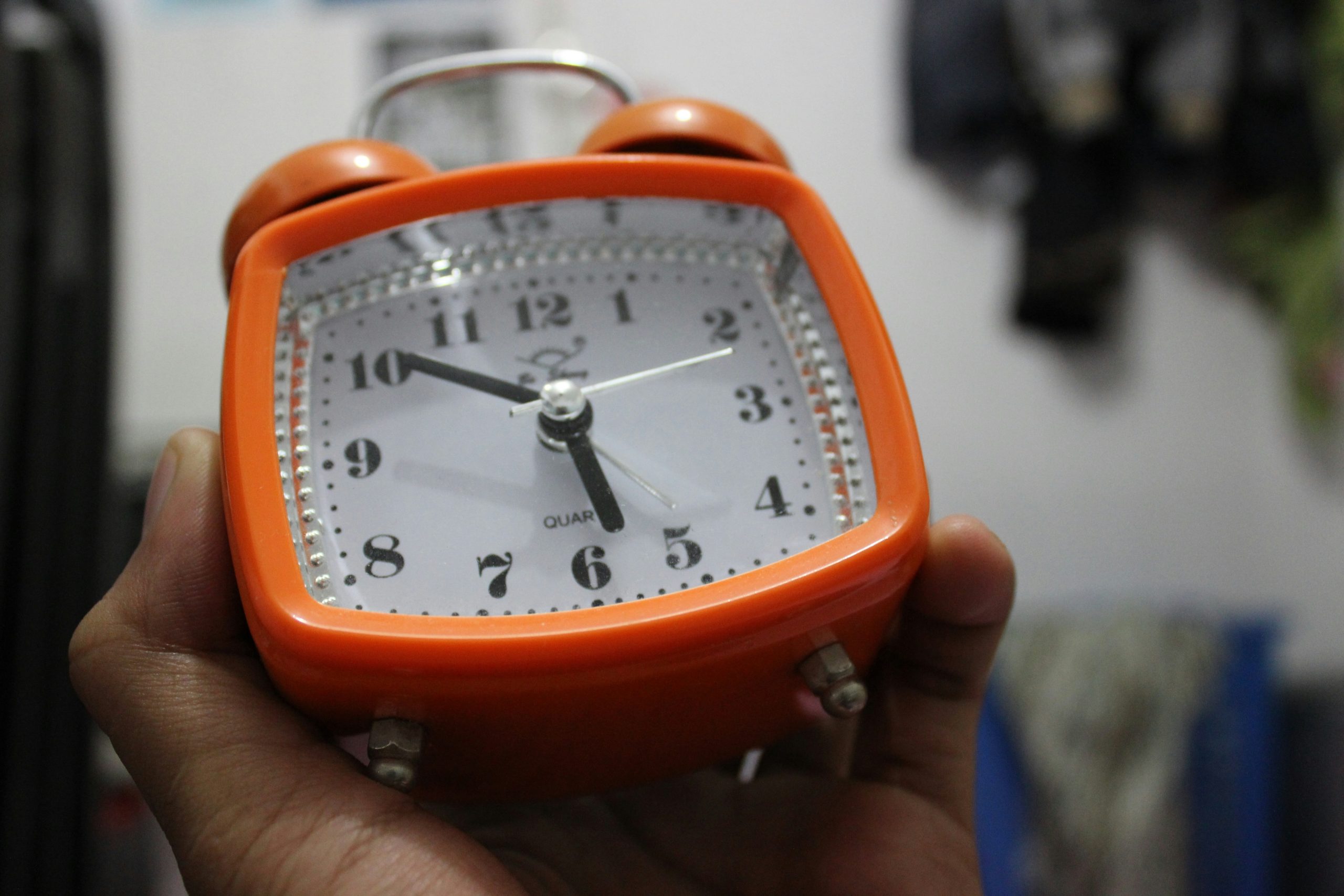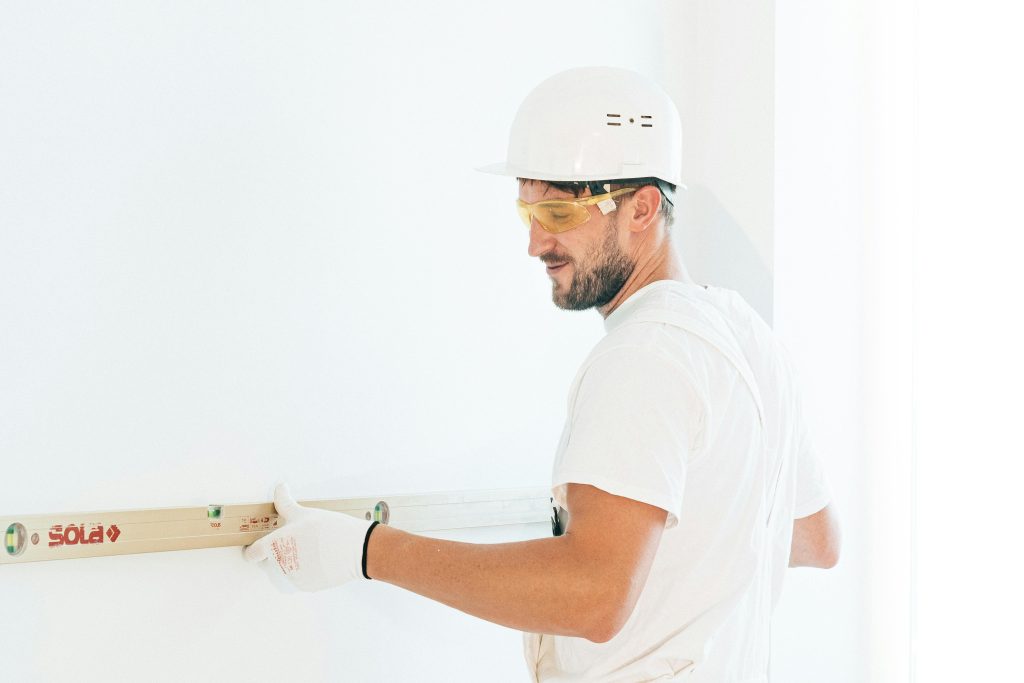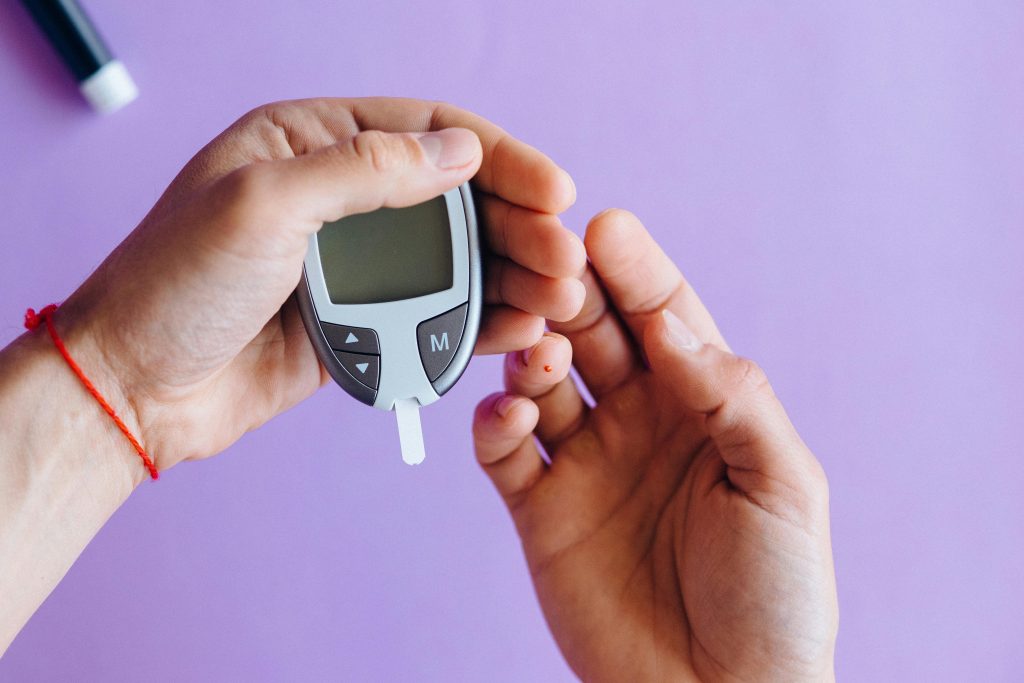Have you ever stood atop a mountain and wondered if your altimeter watch was giving you the *real* elevation or just making wild guesses? You’re not alone. Whether you’re an avid hiker, climber, or just someone who likes to geek out over wearable tech, ensuring your altimeter watch works like a charm is crucial.
In today’s post, we’ll be tackling everything you need to know about altimeter watch testing—why it matters, how to test it step-by-step, best practices for accuracy, real-world examples, and even a few quirky surprises along the way. So strap in (or should we say strap *on*?) because this one’s going to climb high!
Quick Navigation:
- Key Takeaways
- Why Accurate Altimeter Watches Matter
- Step-by-Step Guide to Testing Your Altimeter Watch
- Tips for Getting the Most Out of Your Altimeter
- Examples: Brands That Are Crushing It (and Those That Aren’t)
- Frequently Asked Questions About Altimeter Watch Testing
Key Takeaways
- An accurate altimeter watch can mean the difference between safety and confusion during outdoor adventures.
- Calibrating before each use is essential for precise readings.
- Environmental factors like temperature changes and weather conditions impact performance.
- Some brands consistently outperform others when tested under identical scenarios.
Why Accurate Altimeter Watches Matter

Imagine reaching what your altimeter says is 10,000 feet but finding yourself miles away from where you expected to camp for the night. I once trusted my old-school analog watch for navigation while backpacking in Colorado—big mistake. Turns out it had drifted nearly 600 feet off target due to barometric pressure fluctuations. Lesson learned: no outdoor enthusiast should settle for less than pinpoint accuracy.
Altimeter watches aren’t just fancy gadgets; they’re tools designed to keep you safe and informed. From avoiding nasty surprises on treacherous trails to planning rest stops based on elevation gain, their role cannot be overstated.
How to Test Your Altimeter Watch Step-by-Step
Step 1: Understand What You’re Measuring
Most modern altimeters use atmospheric pressure to estimate altitude. Knowing this helps set realistic expectations—it isn’t GPS-based magic!
Step 2: Choose a Known Baseline Location
Pick a spot with a reliable known elevation, such as a marked trailhead or landmark listed online. Think Optimist You:* “Perfectly calibrated!”* Grumpy You: “Ugh, unless there’s coffee nearby.”*
Step 3: Calibrate Your Watch
Follow the manufacturer’s instructions carefully. This usually involves setting the current sea level pressure (SLP). Hint: If SLP data feels like Greek, apps like Windy or NOAA can save the day.
Step 4: Verify Against Multiple Points
Climb to new heights (literally) and compare your watch readings against official markers every time you level up.
Tips for Getting the Most Out of Your Altimeter
- Never Skip Calibration: Even minor drifts add up over large distances.
- Avoid Wet Weather Tests: Yes, rain adds character—but water wreaks havoc on sensors.
- Beware Terrible Tip #1: Don’t trust auto-calibration features blindly. They rely heavily on stable weather patterns which don’t exist half the time.
- Vent Your Frustrations: Ever tried calibrating near storm fronts? Sounds like nails on chalkboards for your sensor.
Examples: Brands That Are Crushing It (and Those That Aren’t)

Some standout players include Garmin Fenix models, renowned for unmatched precision in gnarly conditions, and Suunto Vertices often favored by professional climbers. On the flip side? Cheaper alternatives may look sleek but perform worse than a cheap pedometer counting arm waves as steps…ugh.
Frequently Asked Questions About Altimeter Watch Testing
How Often Should I Test My Altimeter?
Before big expeditions, always recalibrate. Regular checks every month or so help catch subtle malfunctions early.
Do Smartwatches Double As Good Altimeters?
Not necessarily. While some handle basic tasks well, many prioritize design over durability—a dealbreaker if you’re hardcore outdoorsy.
What Causes Readings to Drift?
Temperature swings, humidity changes, and yes—even altitude itself. Keep tabs on environmental quirks that affect sensor stability.
Conclusion
Navigating through the world of altimeter watch testing doesn’t have to feel daunting. Armed with insights into proper calibration techniques, expert tips for optimizing performance, and advice straight from industry leaders, you’re ready to conquer any peak life throws at you.
Remember folks, “Like loading Windows ’98 without Ctrl+Alt+Del—no two tests are alike.” Stay curious, stay prepared, and above all else… keep those sensors sharp!


